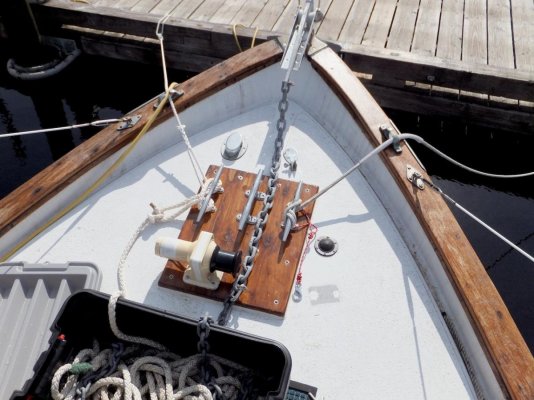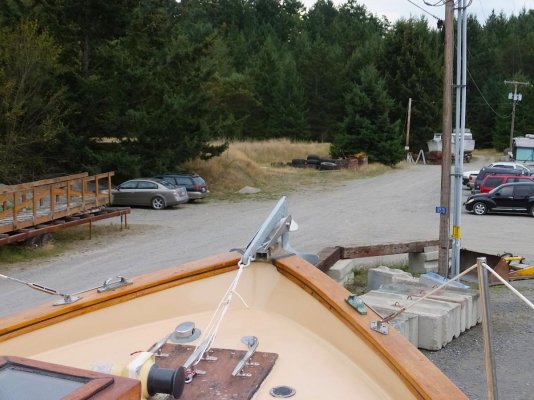AKDoug
Guru
I am also looking at a windlass upgrade, from none to having one! I am looking for information on who is using combination rhodes with brait lines, what diameter line they are using, and on what windlass. Seems a lot of people are using brait, is that mostly on chain wheels for 3 strand line or are the wheels specific for brait? LoFrans says "chain only" for the Tigres, but I know of a couple of owners who use mixed rhodes through the chain wheel with satisfactory results. I like the windlasses that are made for 1/2" 3 strand but I have a 20,000 lb boat to anchor and 1/2" don't git it! I don't like to 7,000 lb rating of 1/2", and brait 17/32" is only 1mm larger and rated to 9,000. It's enough to make your brain spin  Trying to figure out what will work and how to mount it. Nice pics in the windlass threads...
Trying to figure out what will work and how to mount it. Nice pics in the windlass threads...




